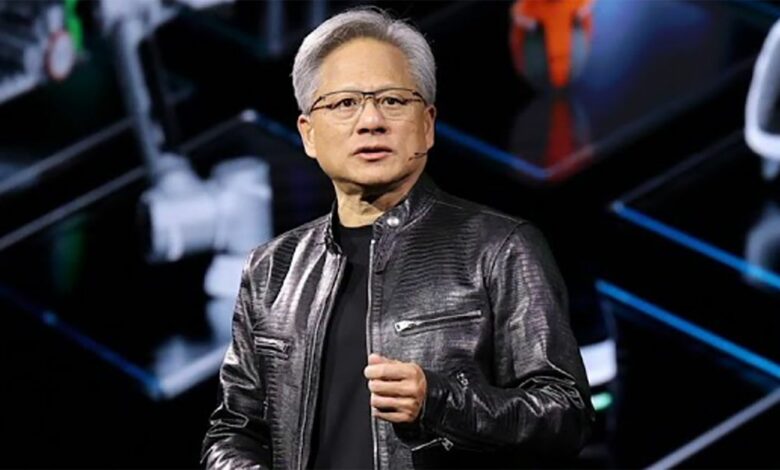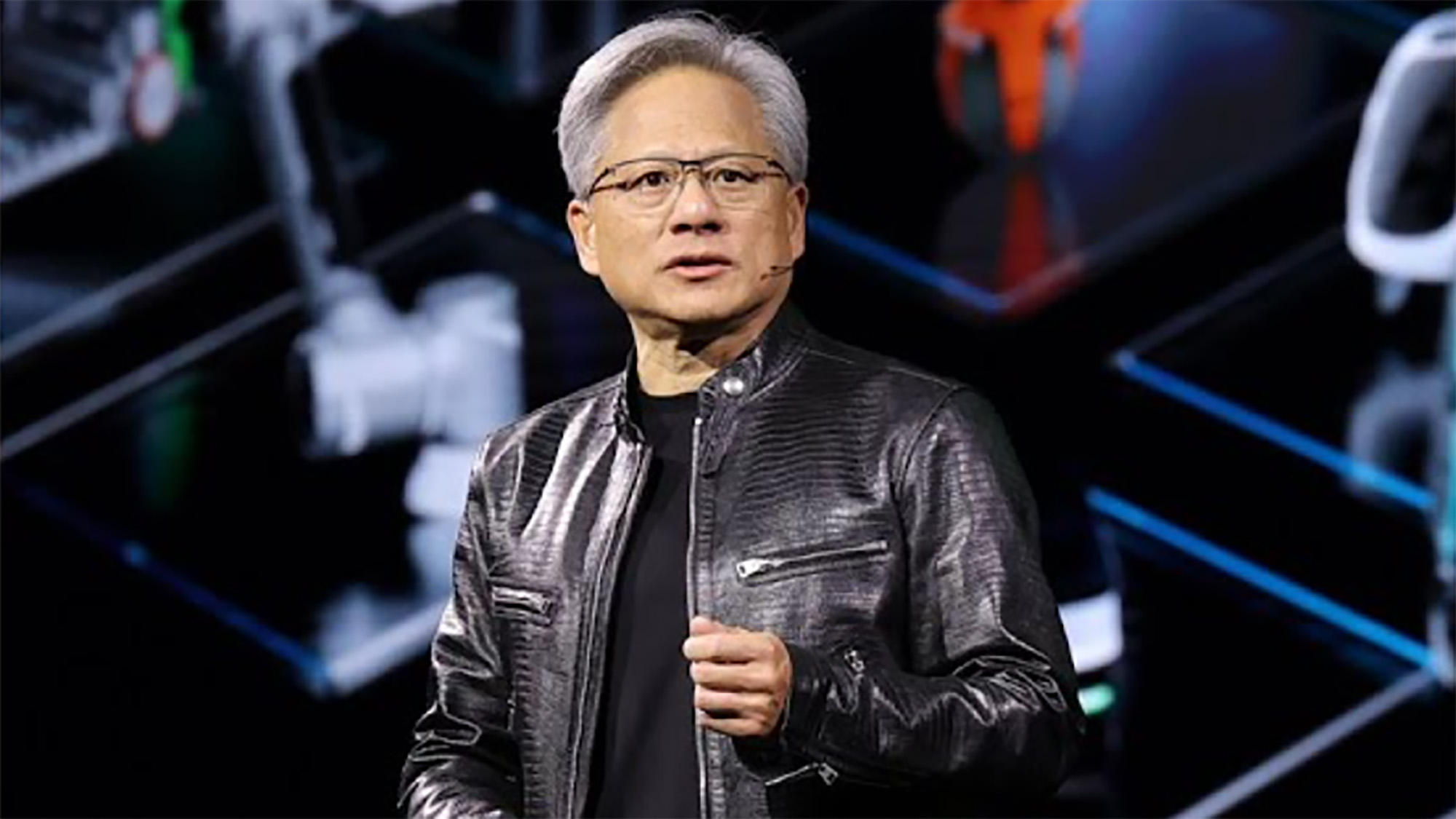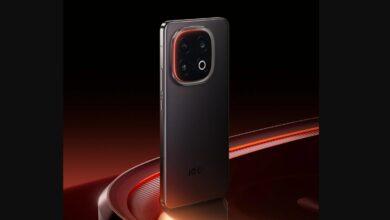Nvidia nearly doubles revenue as data center profits skyrocket


- Nvidia’s Q3 2025 revenue rises 94% year over year to $35.1 billion
- The company now has a market capitalization of more than $3.5 trillion
- New generation processors and more AI applications are coming
Nvidia has announced The latest financial results show that the company’s revenue has increased by a whopping 94% year-on-year as it continues its journey to become the world’s first $4 trillion company.
Revenue for the third quarter of 2025 was $35.1 billion, up 17% from $30.0 billion in the previous quarter and $18.12 billion in the same period last year.
Nvidia’s market cap, which currently stands at $3.578 trillion, puts it ahead of Apple and about half a trillion ahead of Microsoft.
Nvidia’s revenue continues to skyrocket
Much of Nvidia’s success is due to its successful early entry into the AI market – its processors have now become synonymous with AI data center use.
Of total revenue, its data center business accounted for $30.8 billion of Nvidia’s numbers, compared to just $3.3 billion from its gaming business, an area it was previously best known for.
“The age of AI is in full force, driving a global shift to Nvidia computing,” said Nvidia CEO Jensen Huang.
Huang indicated that demand for Nvidia’s products would continue: “Demand for Hopper and anticipation for Blackwell – in full production – are incredible as base model makers scale up pre-, post-training and inference.”
Samples of the Blackwell chips have already been shipped to major customers such as Microsoft, OpenAI and Oracle.
Next quarter, the final quarter of the financial year, Nvidia expects to generate $37.5 billion in revenue at the midpoint. This would represent a more modest increase of 7%, which would be a significant decline from the 122%, 262% and 265% growth in the previous quarters.
Looking ahead, Nvidia predicts that new applications for AI will continue to attract investment, driving growth. Huang adds: “Industrial robotics investments are rising with breakthroughs in physical AI.”




